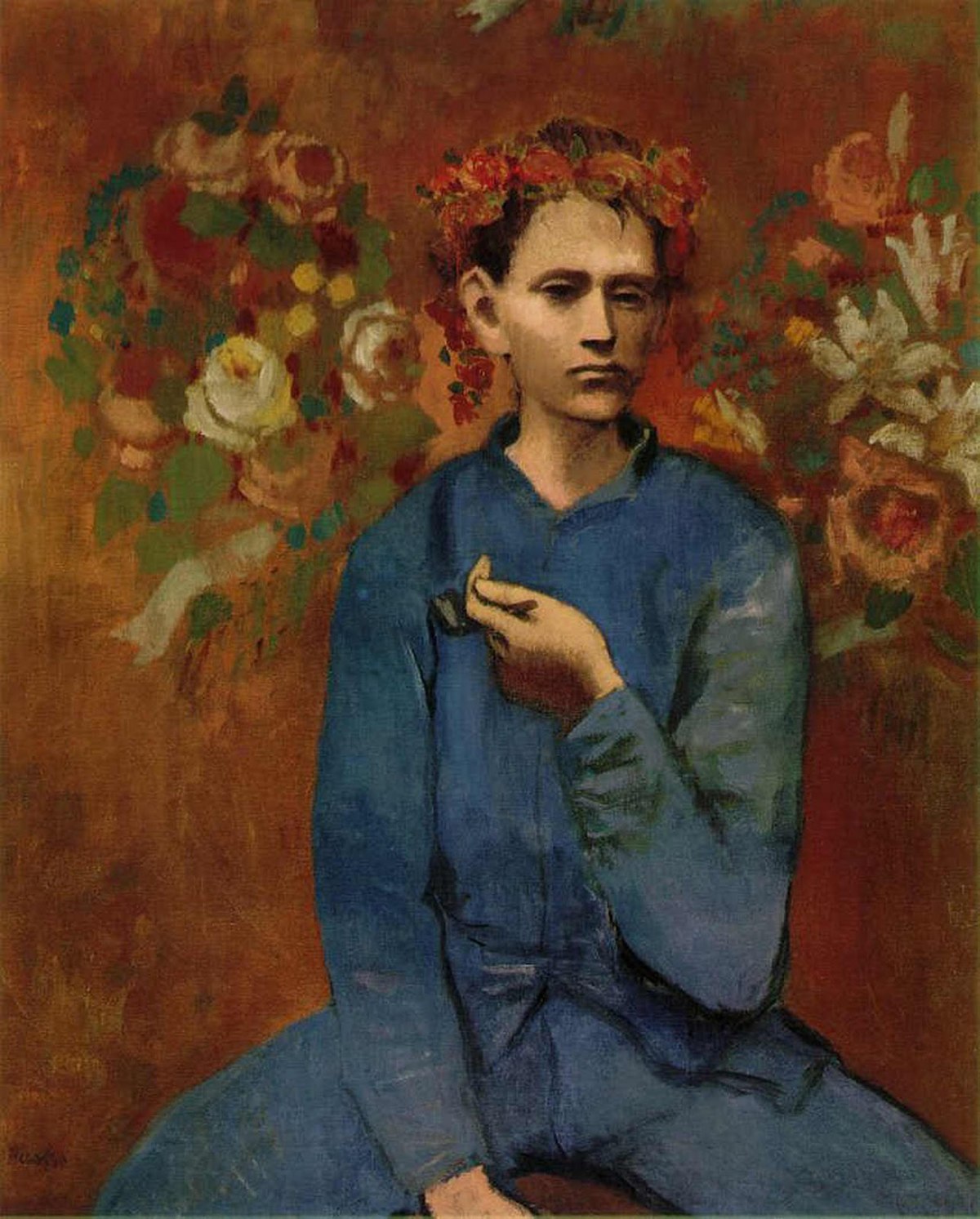The Genius of Pablo Picasso
Pablo Picasso, an artist whose name resonates as a beacon of creativity and innovation, transformed the landscape of modern art. From painting and sculpture to ceramics and stage design, Picasso was a master of versatility. His art transcended boundaries, provoking thought and redefining the way the world perceives creativity. In this blog, we delve into the fascinating journey of Pablo Picasso—a life rich with artistic breakthroughs and an oeuvre that continues to captivate audiences worldwide.
The Early Years: Roots of Greatness
Born on October 25, 1881, in Málaga, Spain, Pablo Diego José Francisco de Paula Juan Nepomuceno Crispín Crispiniano María Remedios de la Santísima Trinidad Ruiz Picasso (yes, that was his full name!)** exhibited an extraordinary talent for art from a young age. His father, an art teacher, recognized Pablo's potential early and nurtured his abilities. By the age of 13, Picasso surpassed his father’s artistic skills, marking the beginning of a prolific career.
Picasso’s early works, often categorized under his Blue Period (1901–1904), were melancholic and introspective, reflecting themes of poverty and despair. Paintings like The Old Guitarist resonate with an emotional depth that still tugs at the heartstrings of viewers.

The Breakthrough: Cubism and Beyond
In the years that followed, Picasso, alongside Georges Braque, co-founded Cubism, an art movement that would redefine artistic expression. Cubism shattered the conventions of perspective, allowing multiple viewpoints to coexist on a single canvas. Works like Les Demoiselles d'Avignon (1907) shocked critics and audiences alike, heralding a new age of abstraction.

The Analytical Cubism phase focused on deconstructing objects into geometric forms, while Synthetic Cubism introduced collage elements, blending materials and textures to create a multidimensional experience. This approach laid the foundation for modern abstract art, influencing countless artists worldwide.
The Many Faces of Picasso’s Art
Picasso’s creative journey wasn’t limited to Cubism. Over the decades, he explored various styles and themes, each reflecting his evolving perspectives on life, love, and society.
-
Rose Period (1904–1906): In contrast to the somber tones of the Blue Period, the Rose Period was characterized by warmth and romance. Paintings like Boy with a Pipe exude a gentle optimism.

- Neoclassicism and Surrealism (1917–1930s): Picasso dabbled in neoclassical styles, inspired by Greek and Roman motifs, and later embraced surrealism, blending dreamlike elements with raw emotion.
-
War and Tragedy: One of Picasso’s most significant contributions to art was Guernica (1937), a haunting portrayal of the horrors of the Spanish Civil War. This monumental painting became a global anti-war symbol

- Picasso’s Legacy: A Timeless Influence Beyond the paintings, Picasso’s genius extended to sculpture, ceramics, and even poetry. His fearless approach to experimentation and reinvention left an indelible mark on the art world. His works, housed in prestigious institutions like the Musée Picasso in Paris and the Museum of Modern Art in New York, continue to inspire.
-
Picasso once said, “Every child is an artist. The problem is how to remain an artist once we grow up.” His life was a testament to this philosophy—a relentless pursuit of creativity that defied convention and embraced the infinite possibilities of imagination.
Conclusion: Why Picasso Still Matters
Pablo Picasso’s art isn’t just a visual experience; it’s a journey through the human spirit. His ability to capture the essence of emotion, challenge norms, and push the boundaries of what art could be has made him a timeless figure.For those who dare to see the world differently, Picasso offers more than just inspiration—he provides a roadmap to fearless creativity. Whether you’re an artist, a dreamer, or someone seeking beauty in chaos, Pablo Picasso’s life and work serve as a profound reminder of the boundless potential within us all.
Let Picasso’s legacy ignite your own creativity and challenge you to see the world through a revolutionary lens.

